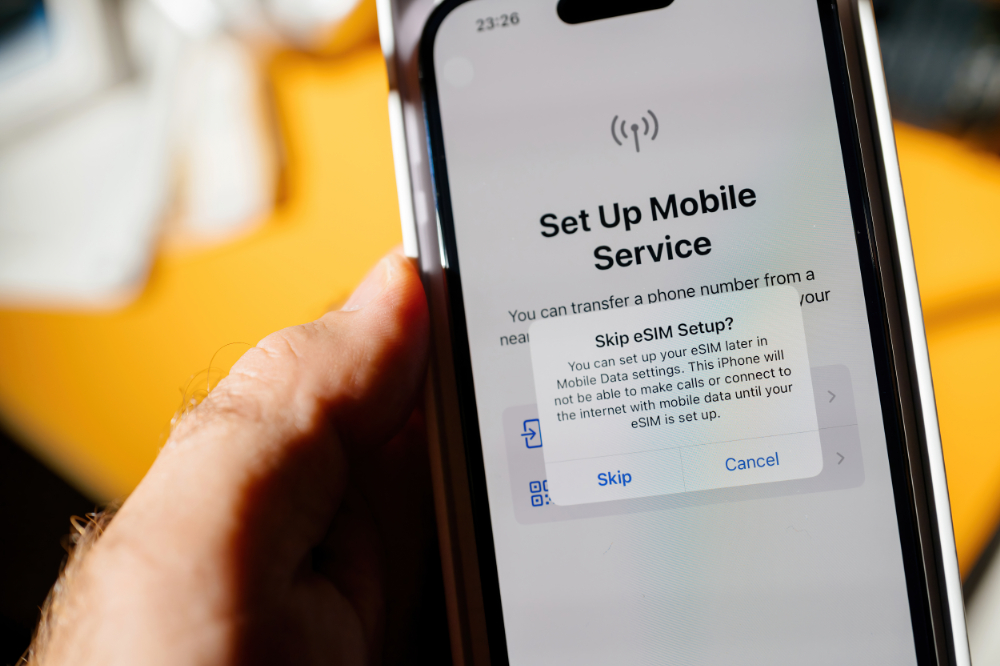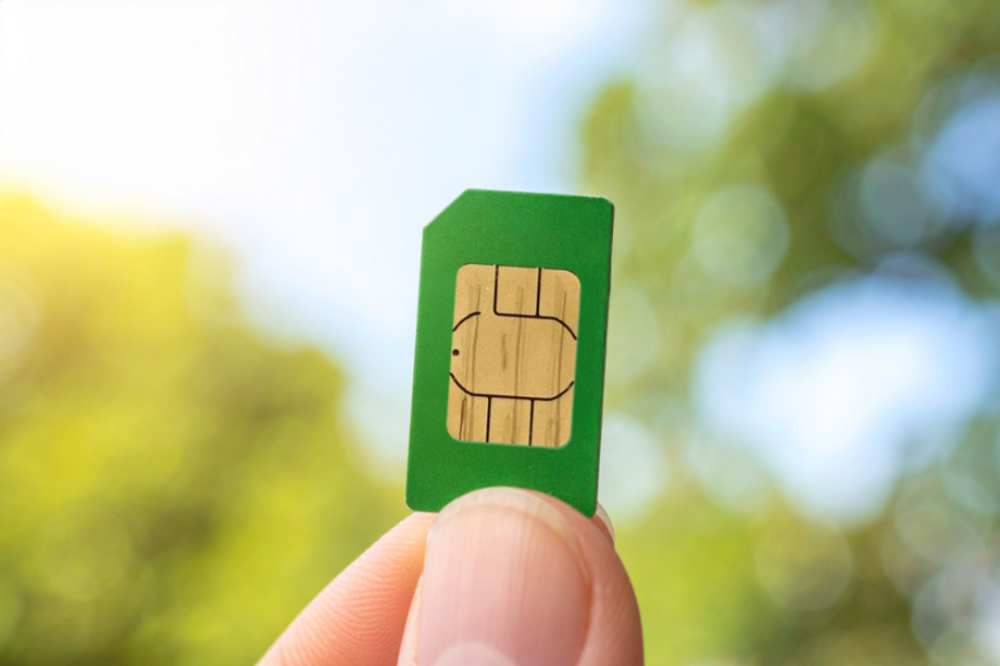
Japan Pocket WiFi for Long-Term Stays: Costs, Best Plans, and Alternatives
Reliable Internet is essential for long-term stays in Japan. Whether you’re apartment hunting, managing finances, or attending online meetings, stable connectivity is part of everyday life.
Unfortunately, many travelers arrive unprepared—only to discover that free WiFi is rare, roaming is prohibitively expensive, and getting a local SIM can be confusing.
Planning eliminates these headaches. Booking your Internet before arrival means skipping the airport scramble and avoiding language barriers at phone shops. With services offering airport pickup, home delivery, and flexible plans, you can land in Japan with a working connection from day one.
By understanding your options in advance, you’ll ensure a smoother transition and a better start to your long-term stay.
Japan Long-Term Pocket WiFi vs. Other Connectivity Options
There are several ways to stay connected in Japan, but some are more practical than others for long-term visitors.
Free WiFi and international roaming might seem easy, but they have serious drawbacks.
Pocket WiFi and SIM cards are more reliable, each with pros and cons depending on your needs.
Why Free WiFi and Roaming Aren’t Practical for Long Stays
Free WiFi sounds convenient, but coverage is limited—especially outside big cities. Many public hotspots require registration, which can be time-consuming; plus, convenience store WiFi is often weak, and cafés may limit use to one hour.
Security is another issue. Public networks are rarely encrypted, posing risks if you handle work files, sensitive emails, or online banking.
Roaming, while more reliable, is costly. U.S. carriers typically charge around 10 dollars per day in Japan—provided your mobile carrier supports international roaming and you have subscribed to a travel pass. A one-month stay would cost roughly 300 dollars—often for limited high-speed data.
While roaming is fine for short business trips, it’s rarely sustainable for longer stays.In short, both options are either unreliable or too expensive for long-term use.
Pocket WiFi for Long-Term Stays in Japan: Plans, Costs, and Things to Consider

Pocket WiFi offers reliable, flexible connectivity—ideal for longer stays. Understanding how it works and what to expect regarding pricing and data can help you choose the right plan without overpaying.
How Long-Term Pocket WiFi Works
Renting is easy: book online before your trip, then pick up your device at the airport or have it delivered. NINJA WiFi offers pickup at 10 airports, hotels, and apartments. The device works out of the box—no setup or SIM is required.
Long-term rentals typically start at one month and can last a year. Plans often include either a fixed daily data limit (e.g., 1GB or 3GB/day) or an “unlimited” plan with reduced speeds after heavy usage.
Unlimited plans are best for video streaming, frequent calls, or sharing across multiple devices.
How Much Is Pocket WiFi in Japan?
Pricing for long-term pocket WiFi depends on the provider, the speed, and the data allowance. Basic unlimited plans with moderate daily limits start at around 440 yen daily, such as NINJA WiFi’s SoftBank Unlimited Plan with 1GB of data daily.
More robust plans are recommended for remote workers and streamers, such as NINJA WiFi’s 5G Unlimited Plan at 2,200 yen daily.
To save money, consider sharing one device among housemates or travel companions. Most pocket WiFi units support 5–10 simultaneous connections.
Choosing the Right Pocket WiFi Plan for Your Needs
When selecting a long-term plan, consider your stay length and usage habits. For trips over a month, a basic unlimited plan, such as maps and messaging, usually suffices for light use. A high-speed or 5G plan is worth the upgrade for longer stays or remote work.
If you’re staying longer and need constant, high-speed access (such as for remote work or online classes), investing in a premium unlimited or 5G-enabled plan will give you peace of mind.
Look for providers with flexible return options—such as device return via mail or at a different city’s airport—so you’re not tied to one location at the end of your trip.
SIM Cards for Long-Term Stays in Japan: An Alternative to Pocket WiFi?

While pocket WiFi is a popular choice for staying connected during a long-term stay in Japan, SIM cards can be a viable alternative—especially for those who prefer using their phone without carrying an extra device.
However, navigating Japan’s eSIM and SIM card landscape can be tricky, especially for foreign visitors unfamiliar with local procedures, language, and mobile providers.
To make the right decision, it’s essential to understand the types of SIMs available, the hurdles involved in getting a local contract, and how they compare to pocket WiFi regarding flexibility and cost.
Prepaid SIM Cards vs. MVNOs: What’s Available for Long-Term Travelers?
Japan offers several SIM options suitable for long-term stays, including:
- ●MVNOs (Mobile Virtual Network Operators):
- Major mobile network providers offer cost-effective plans. These typically require a Japanese address, residence card, and contract commitments. Plans often include voice calls and data at competitive monthly rates.
- ●SHOGUN SIM by NINJA WiFi:
- A middle ground between tourist SIMs and local contracts, this option allows you to choose between a variety of plans, such as 60-day plans with 15GB (for 3,740 yen) or 50GB (for 7,205 yen) of data. There is no contract or paperwork, and it is designed for long-term travelers needing flexibility.
Challenges of Getting a Local SIM Card in Japan
Despite the appeal of MVNOs, several hurdles make them less accessible for many long-term travelers. First, the application process is usually in Japanese. Many carriers do not offer English-language support, and the websites or customer service lines can be challenging to navigate without language skills.
Second, to sign up for a postpaid plan or a voice-enabled SIM card, you’ll often need a Japanese address and a valid residence card (zairyū card). This can be a problem for students or digital nomads staying in Airbnbs or short-term rentals.
Additionally, contracts often require a minimum commitment of 6 to 12 months, with steep cancellation fees if you end the contract early.
There’s also the issue of SIM compatibility. Some foreign phones may not work with Japanese SIMs, even if they’re technically unlocked. Verifying compatibility ahead of time is essential to avoid unexpected frustration upon arrival.
In short, while SIM cards can be a good option for long-term residents who meet the requirements, they come with administrative barriers many travelers may prefer to avoid.
Long-term pocket WiFi remains a more straightforward alternative for those seeking an easier, more flexible solution.
Best Internet Solutions for Long-Term Travelers in Japan

Whether you’re working, studying, or exploring the country as a digital nomad, your Internet usage will shape what kind of plan works best for you. Here’s a breakdown of the most suitable options for different types of long-term visitors.
Best Option for Working Holiday Visa Travelers
Affordability and flexibility are key if you’re on a working holiday visa and budgeting carefully. Pocket WiFi is ideal since you won’t need to worry about Japanese contracts or language barriers.
Since most pocket WiFi devices can connect up to 10 devices, it’s also great for travelers who want to share the cost with housemates or travel companions.
Pocket WiFi is also especially convenient for travelers who plan to explore rural or less connected regions of Japan since it offers a stable, secure connection almost anywhere—whether you’re hiking in Hokkaido, visiting temples in Nara, or working from a guesthouse in Shikoku.
Pocket WiFis make it a dependable companion for working holiday travelers who want to stay online wherever their journey takes them.
Best Option for Exchange Students
For exchange students, pocket WiFi is often the easiest way to stay connected from day one. It’s ideal for students unfamiliar with Japanese contracts or who don’t yet have a local address.
That said, students staying for several months may eventually find a SIM card more economical or practical—especially if they need a local phone number for banking or job hunting. Most schools in Japan can help students sign up for longer-term contracts if required.
Best Option for Digital Nomads
Digital nomads typically need consistent high-speed Internet for video calls, cloud services, and file sharing. Pocket WiFi remains the most flexible option, especially if you’re moving around Japan.
NINJA WiFi’s 5G Unlimited Plan is ideal for this lifestyle, offering fast speeds with no hard data cap.
If you’re staying in one place long-term and speak Japanese, a local SIM card with a data-heavy MVNO plan could be more convenient. However, pocket WiFi is still the most stress-free choice for ease of use, mobility, and minimal paperwork.
Conclusion
For long-term stays in Japan, pocket WiFi offers the most flexibility and convenience, with easy setup and no contracts. It’s ideal for travelers moving between regions or needing consistent Internet without hassle.
While SIM cards may be more economical for those requiring a local phone number, they come with additional complexities.
For stress-free connectivity, consider NINJA WiFi’s reliable plans. These plans offer flexible options to suit your needs from day one. Explore their offerings today to stay connected in Japan!








